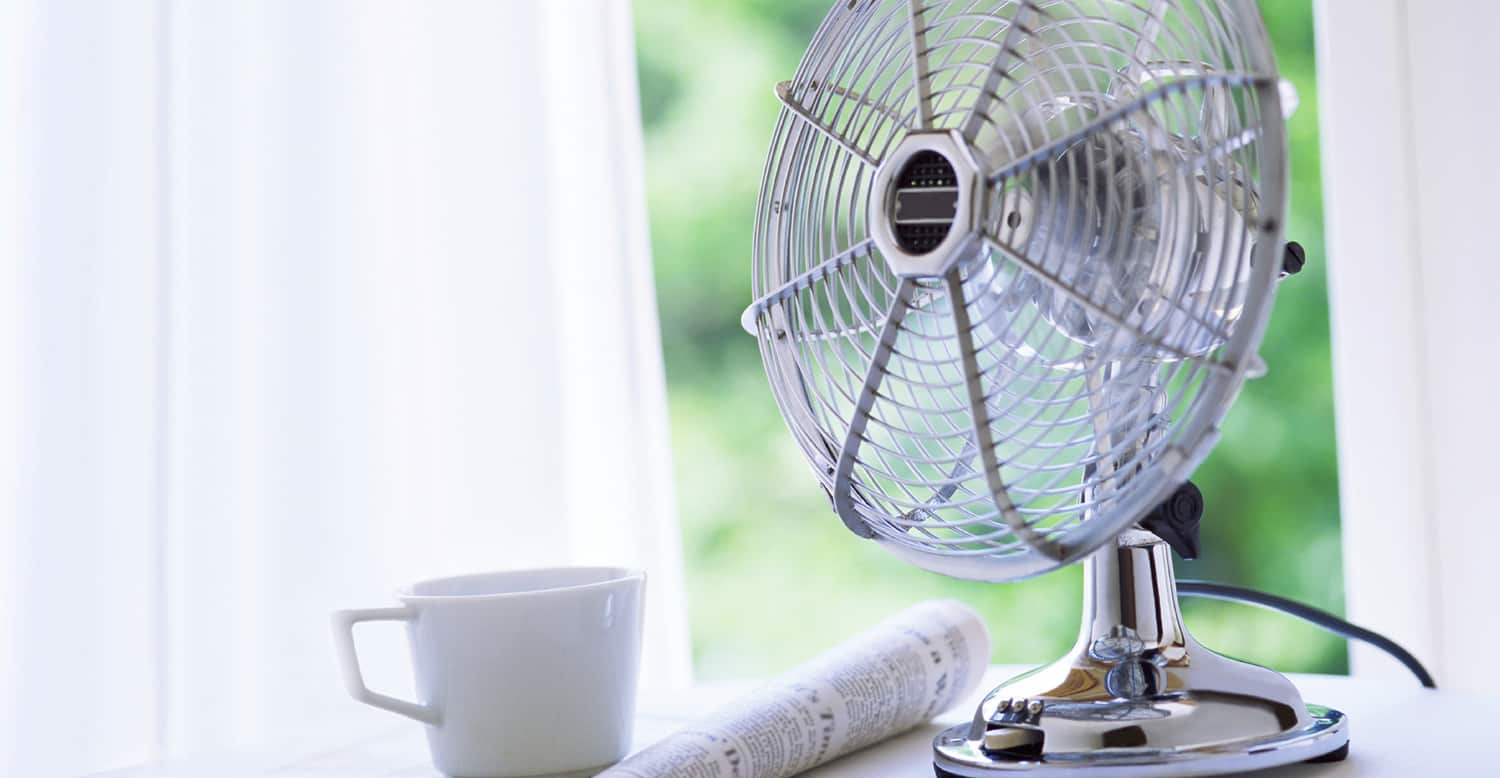Contents
How to Cool a hot room
Whether you’re building an addition or just tired of wrestling with your window unit twice each year, here are three ways to cool spaces without the expense of adding or extending a central AC system.
Portable air conditioner
Portable air conditioners are similar to window units in operation. They sit on the floor (on casters) and use an adapter kit to vent the hot air through a hose running through a window, a wall or a sliding glass door.
MAIN ADVANTAGES
- They are easy to install and use.
- You can move them from room to room.
MAIN DISADVANTAGES
- They’re almost twice as expensive and use more energy than a window unit with the same cooling capacity.
- The vent hose can be a nuisance.
- They take up valuable floor space.
Mini-split system
Long popular in Europe and Japan, a mini-split system air conditioner (sometimes called ductless AC), is a hybrid of central air and a window unit. A small condenser sits outside and connects through a conduit to an inside evaporator mounted high on the wall or ceiling.
Split AC system
It doesn’t require ductwork and can be run to one or more rooms. The small size, quiet operation and individual zoning let you cool only the room you’re using, which can save energy and money.
MAIN ADVANTAGES
- Quiet operation. The condenser sits outside, it doesn’t let in street noise and the indoor fan is whisper-quiet.
- The system can be mounted anywhere thanks to the small size of the indoor and outdoor components. The conduit, which houses the power cable, refrigerant tubing, suction tubing and a condensate drain, runs through a 3-in. hole hidden behind the indoor evaporator.
- Zoning flexibility lets you cool rooms individually.
MAIN DISADVANTAGE
- Cost. The two units, plus professional installation, typically total $1,500 to $3,000.
In-wall AC unit
An in-wall air conditioner is basically a window unit reengineered for in-wall operation. The primary difference is that it stays put year round.
In-wall air conditioner
An in-wall air conditioner means no more wrestling with a window unit every spring and fall. You frame the opening just as you would frame for a window.
MAIN ADVANTAGES
- Permanent installation means you don’t have to lug it in and out twice a year, and it’s not an easy entry point for burglars.
- It doesn’t block a window.
- The size of the unit isn’t limited to a standard window opening, so it can be bigger and more powerful than a window unit.
MAIN DISADVANTAGES
- Installation is a substantial construction project, involving siding, framing and interior walls.
- You may need to install a new electrical circuit. Some larger units require 240 volts (although most smaller units can be plugged into a standard 120-volt outlet).
